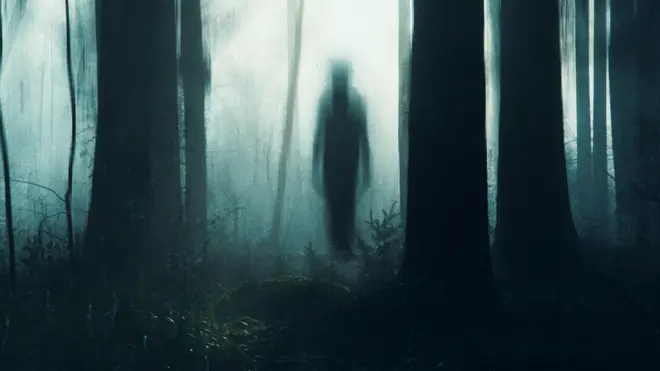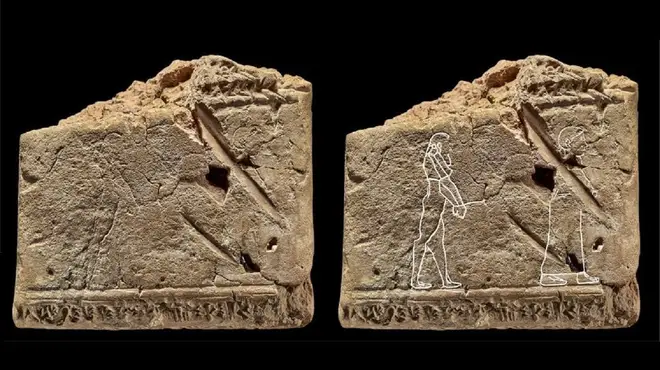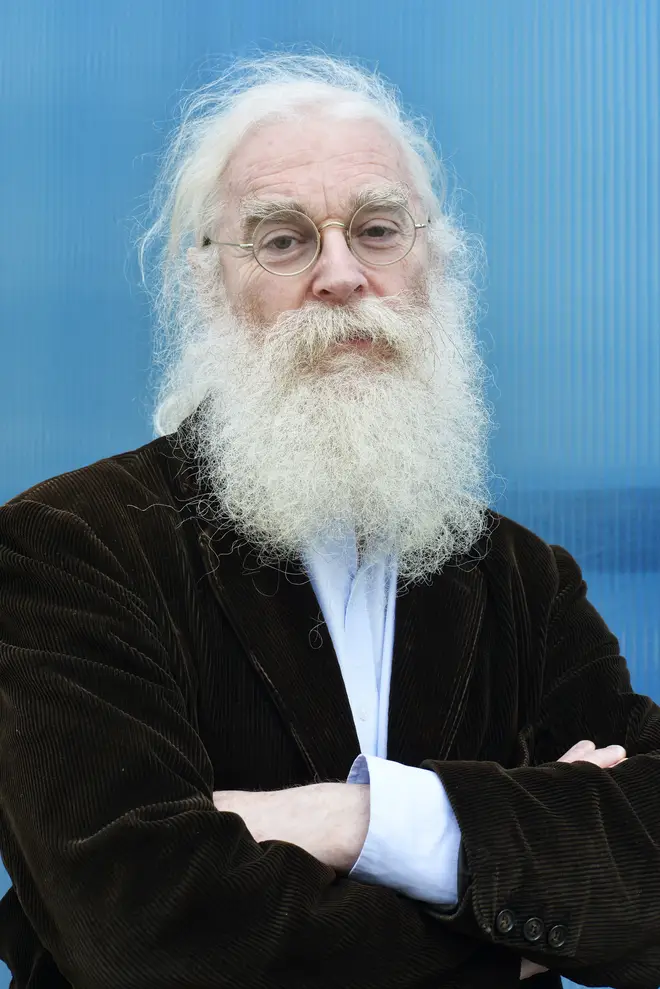On Air Now
Early Breakfast with Lindsey Russell 4am - 6:30am
30 June 2023, 15:27 | Updated: 20 July 2023, 16:10

Dr Irving Finkel, the man who discovered the world's first ghost, joined Dan Schreiber on the We Can Be Weirdos podcast.
Whether you believe in ghosts or not, it's hard to find a more mysterious or intriguing topic.
And while the word 'ghosts' automatically makes our minds jump to moments from famous films like Poltergeist, Paranormal Activity and Sixth Sense, there is an unknown history of ghosts which is absolutely fascinating.
In a recent episode of Dan Schreiber's podcast We Can Be Weirdos, he is joined by the man who discovered the world's first ghost.
Dr Irving Finkel, curator at the British Museum and author of The First Ghosts, found the first depiction of a ghost on an ancient Babylonian clay tablet created about 3,500 years ago.

The tablet itself has been the property of the British Museum since the 19th century, however, it was only recently that a closer look revealed a long-lost revelation.
Speaking to Dan on the We Can Be Weirdos podcast, Dr Irving Finkel said: "When I decided to write this book about ghosts, I went through the collections, looking for things to do with ghosts."
He went on: "[The tablet] was in the box, with one side upwards, the side that was exposed was full of writing and I could see straight away that it was to do with ghosts.
"I made a note of the number, and when I got it out of the collection to have a good look at it, it was only holding it under my lamp that I saw the drawing, and I had no idea it was there."

The writing on the tablet is cuneiform script, which is the oldest form of writing ever discovered, and dates earlier than the Egyptian hieroglyphics.
The image of the tablet depicts a spirit (or ghost) in shackles being led into the afterlife by a woman.
The tablet is – in basic terms – a how-to guide from an exorcist who describes the best way to rid ghosts from your life.
The directions call for the person doing the exorcism to make two figurines; one of a man and one of a woman. They are told to prepare vessels of beer and at sunrise speak ritual words calling on Shamash, a Mesopotamian god responsible for taking spirits to the underworld.